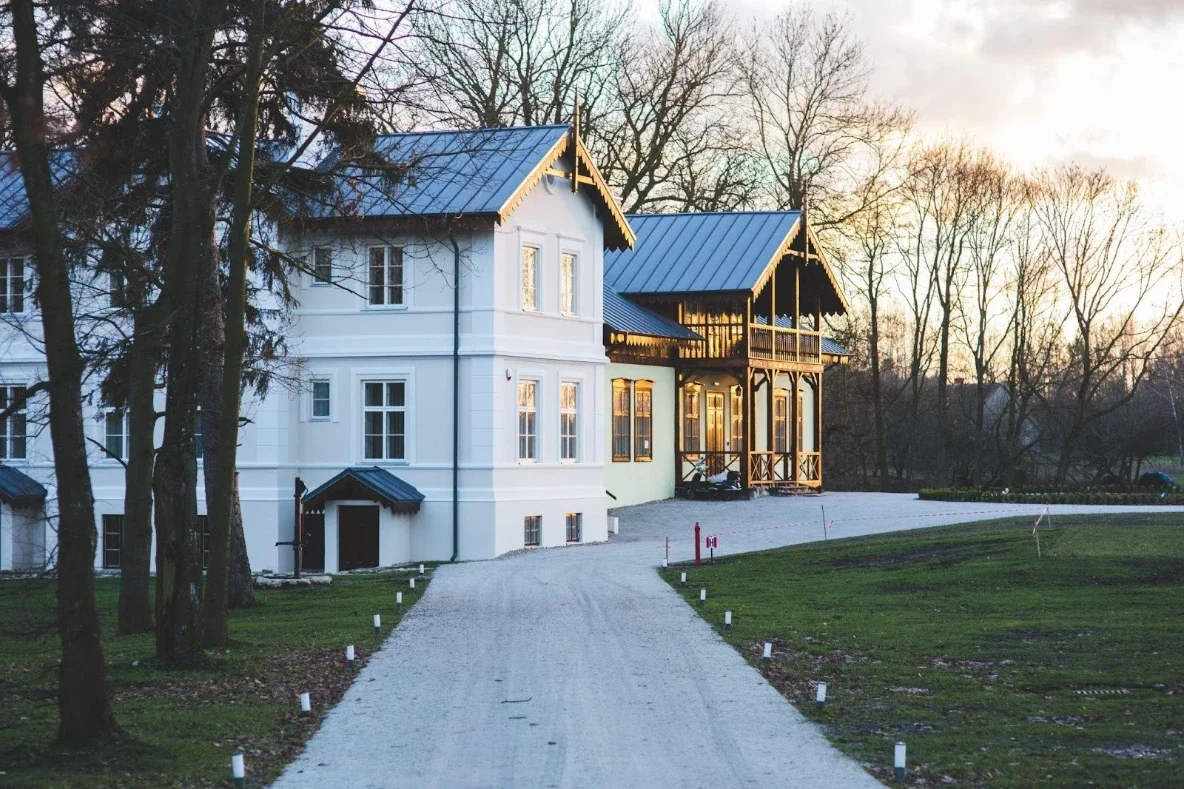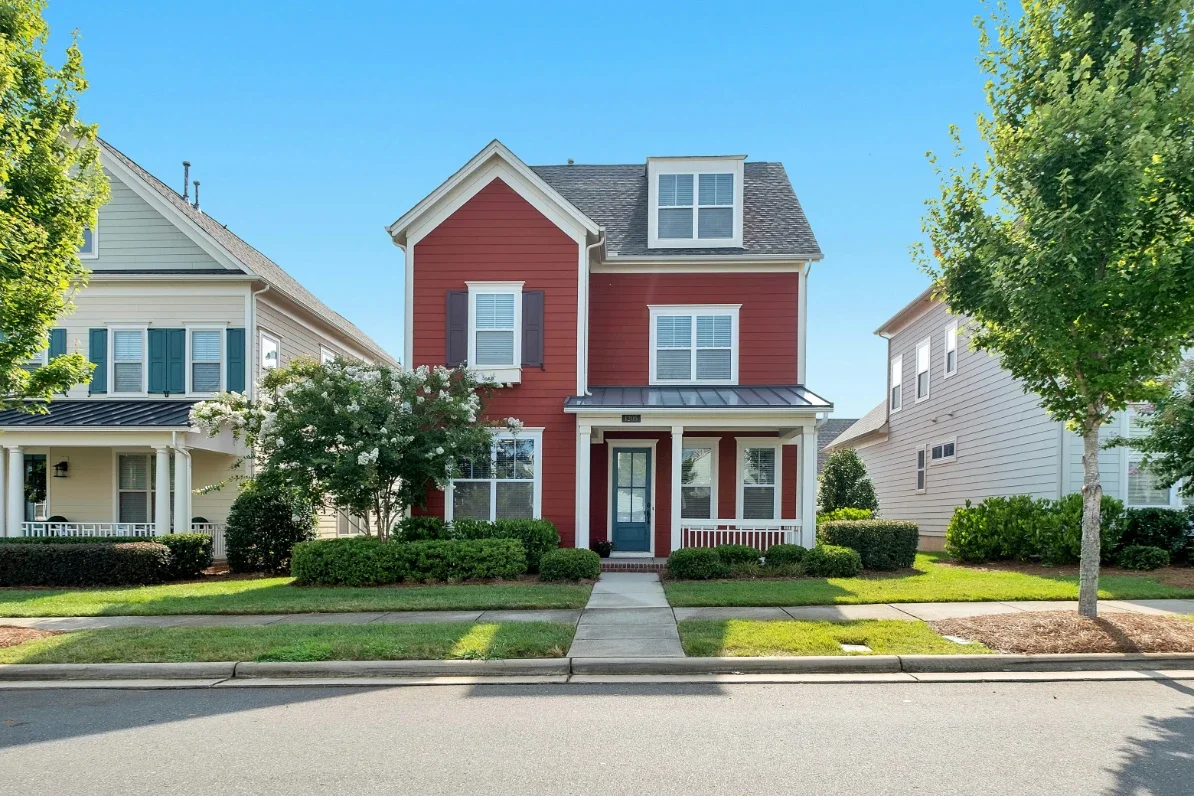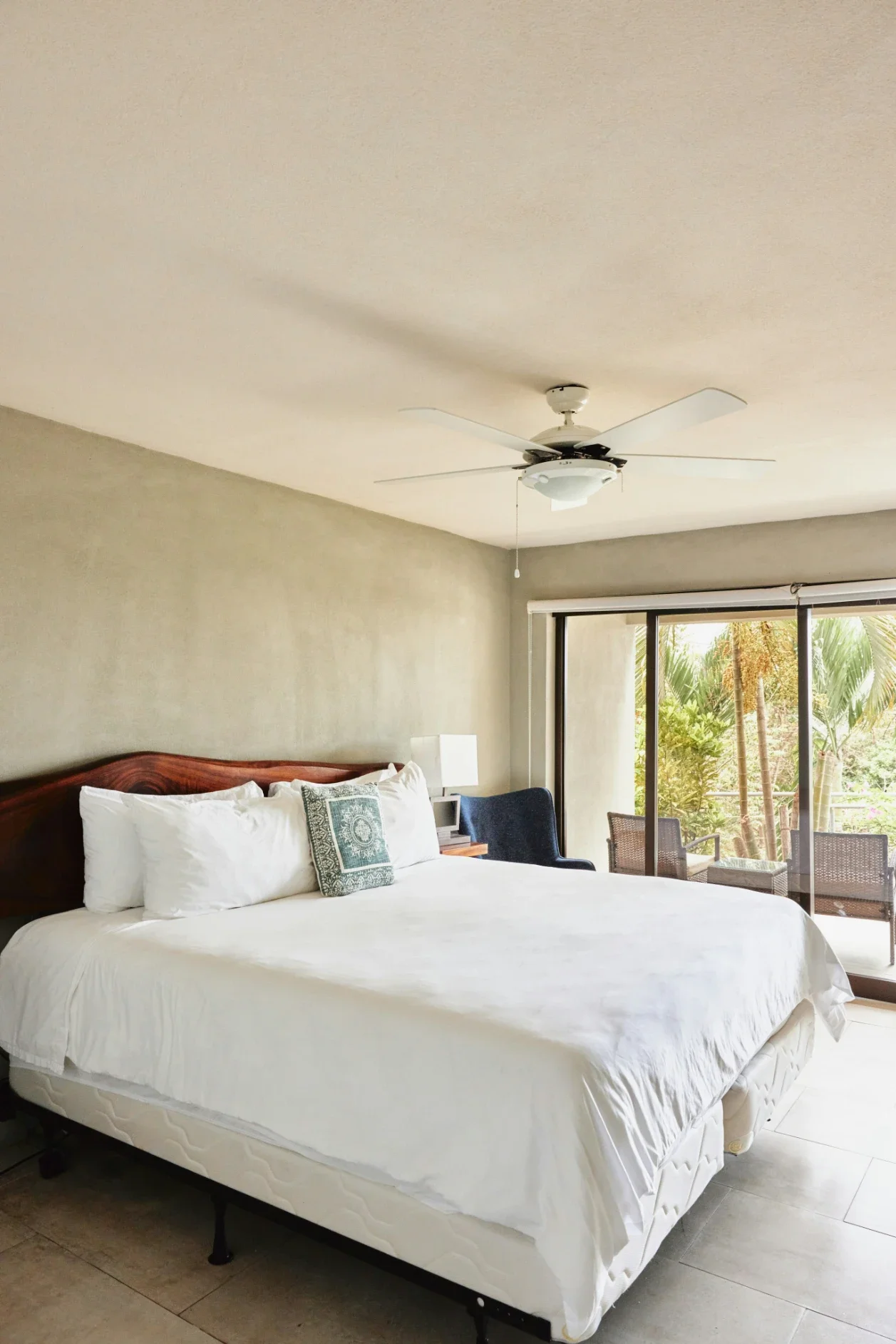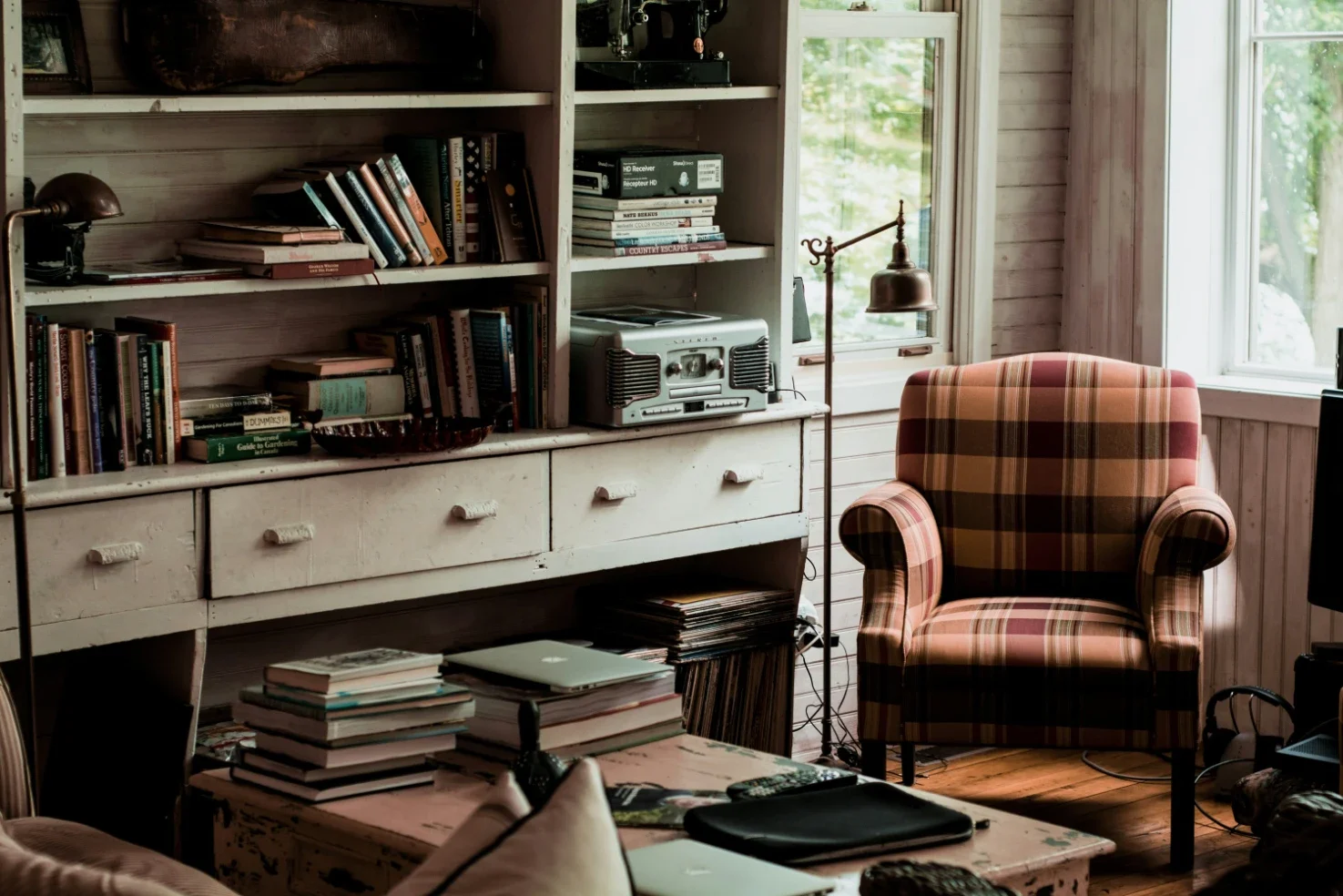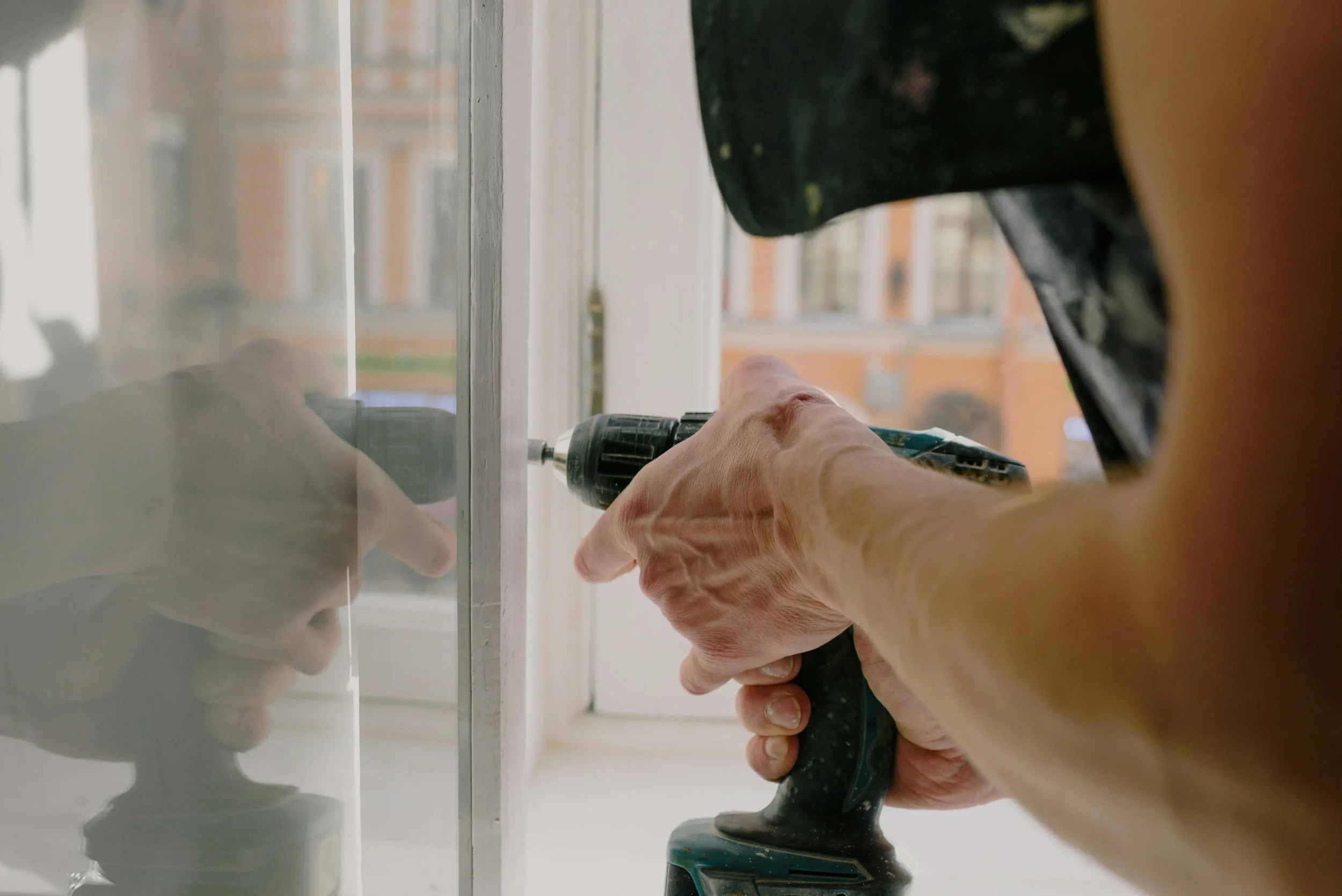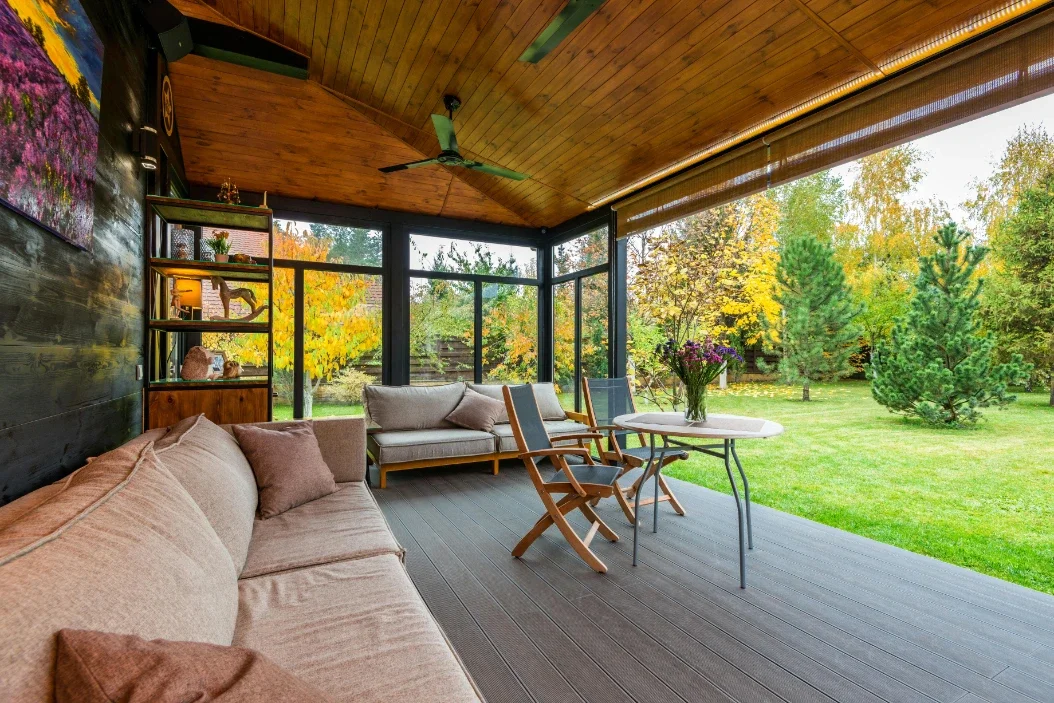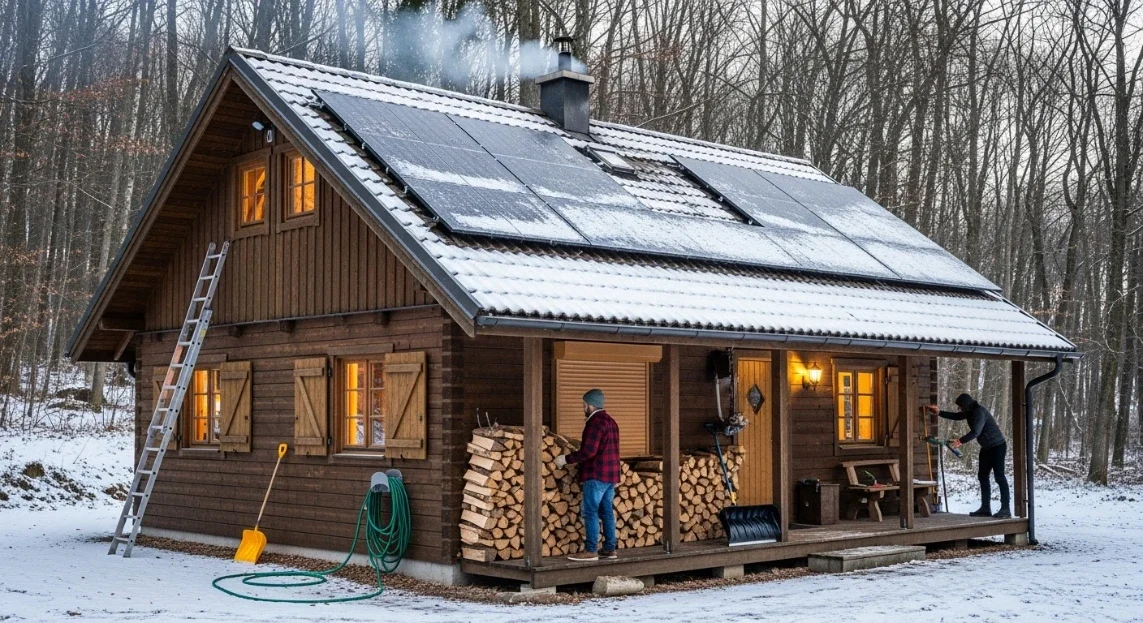15 Stylish 70's Sunken Living Room Ideas That Pop
Revive retro charm with these 15 stylish 70's sunken living room ideas that blend vintage conversation pits with contemporary design for statement spaces.
Remember when living rooms literally invited you to "dive in"? The 70's sunken living room—affectionately known as the conversation pit—wasn't just a design choice; it was a social revolution built right into the architecture of American homes. These stepped-down lounging areas created instant intimacy, encouraging face-to-face interaction in a way our modern, screen-focused spaces often miss. Today, these architectural features are experiencing a remarkable renaissance, with homeowners and designers rediscovering their unique combination of coziness and drama. Whether you're lucky enough to have an original sunken living room or you're considering creating this distinctive feature in your renovation, I've gathered 15 ideas that honor the funky spirit of the 70's while incorporating contemporary sensibilities. From plush modular seating to striking lighting solutions, these suggestions will help you transform your sunken space from a potential design challenge into the undeniable highlight of your home. Ready to take the plunge into retro-cool territory? Let's step down and style up!
1. Embrace Modular Seating Arrangements
The heart of any authentic 70's sunken living room lies in its expansive, modular seating that hugs the perimeter of the depressed floor area. Instead of individual sofas and chairs, consider continuous, low-profile sectionals that create one unified seating experience. Look for chunky, oversized pieces with deep seats that invite lounging and conversation. Modern versions offer removable components that allow you to reconfigure the space depending on your needs—perfect for both intimate gatherings and larger parties. Today's performance fabrics mean you can still embrace bold colors or patterns without worrying about stains or wear. Think burnt orange, moss green, or rich burgundy for authentic 70's vibes, or update with contemporary neutrals punctuated by vintage-inspired throw pillows. This all-in-one seating solution maximizes the distinctive, enveloped feeling that makes sunken living rooms so uniquely cozy.
2. Layer Tactile Textures and Materials
The 70's celebrated sensory richness through varied textures, so your sunken living room should be a tactile playground. Mix shaggy rugs, smooth leather, plush velvet, and nubby bouclé fabrics to create depth and dimension within your space. Consider incorporating a statement shag rug as your base layer, then build up with contrasting upholstery, tasseled pillows, and perhaps a leather ottoman. Don't shy away from macramé wall hangings or woven rattan elements that add visual texture to vertical surfaces above your pit. Wood paneling—whether original or newly installed—brings warmth and period authenticity, especially in rich walnut or oak tones. Chrome and brass accents introduce reflective surfaces that balance softer elements. This layered approach not only honors authentic 70's design principles but creates a visually interesting space that begs to be touched and experienced fully.
3. Install Dramatic Overhead Lighting
The sunken nature of your living space creates the perfect opportunity for statement lighting that anchors the conversation area. Consider a large, sculptural pendant that hangs centrally over your pit—perhaps a vintage Sputnik chandelier, a smoked glass globe fixture, or a contemporary interpretation of 70's lighting design. The lower ceiling height relative to the rest of the room allows your lighting to become an immersive element of the space rather than simply functional illumination. For authentic period appeal, look for fixtures incorporating materials like brushed brass, smoked glass, or plastic in organic shapes. Adjustable hanging heights let you perfect the proportional relationship between your lighting and seating area. Many homeowners install dimmers to transition the mood from bright and energizing for daytime to intimate and relaxing for evening gatherings. This overhead focal point serves both as practical illumination and as a visual reminder of the room's special architectural feature.
4. Create a Central Fireplace Focal Point
Many original sunken living rooms featured central or corner fireplaces that served as natural gathering points. Resurrect this 70's staple by incorporating a fireplace element as your pit's focal point. For authentic retro appeal, consider a freestanding metal fireplace in white, orange, or charcoal, or a stone-faced built-in hearth that anchors one wall. Modern options include eco-friendly bioethanol fireplaces that don't require venting or gas lines, making installation feasible even in retrofit situations. The warming glow creates an irresistible gathering spot that enhances the inherent intimacy of your sunken space. Position your modular seating to embrace the fireplace, creating a natural conversation circle. As a bonus, the vertical element of a fireplace helps balance the horizontal emphasis of your sunken area, creating visual harmony throughout the space while honoring the period's love of dramatic natural elements.
5. Incorporate Built-in Features and Storage
The 70's embraced architectural integration, with built-in elements that maximized functionality while maintaining clean lines. Revive this approach by incorporating thoughtful storage and features directly into the structure of your sunken living room. Consider built-in shelving along the upper walls for displaying collections, books, or your vintage record player setup. Flip-top bench seating around the perimeter can conceal extra throw blankets, games, or seasonal items. Some creative homeowners install hidden charging stations for modern devices or clever pop-up tables that emerge when needed. Wall niches can showcase sculpture or plants without consuming floor space. These seamless solutions maintain the clean, architectural nature of your conversation pit while addressing contemporary storage needs. The result feels intentional and custom rather than cluttered with standalone furniture, honoring the 70's preference for streamlined spaces with smart, integrated functionality.
6. Play with Vibrant Color Schemes
The 70's weren't known for subtlety in color choices, so embrace the decade's palette to create spaces with personality and punch. Consider deep, earthy tones like burnt orange, avocado green, mustard yellow, and chocolate brown as your base notes, accented with brighter pops of turquoise or coral. For a more subdued approach that still honors the era, incorporate these distinctive colors through accessories and artwork against neutral backgrounds. The sunken aspect of your space creates natural boundaries, allowing you to experiment with bolder color choices without overwhelming your entire home. Try painting the walls within the pit a different shade than the surrounding upper level for definition and drama. Alternatively, keep walls neutral and express color through upholstery, rugs, and accessories for flexibility. Whatever palette you choose, embrace the decade's confident use of color to create spaces that feel intentional and energetic.
7. Add Sunken Bar Areas
Double down on the 70's entertainment vibe by incorporating a built-in bar area adjacent to or within your conversation pit. This pairing was the ultimate lifestyle statement in high-end homes of the era, creating a self-contained entertainment zone for hosting legendary parties. Today's versions can include discreet refrigeration, smart storage for glassware, and built-in blenders or coffee stations for morning-to-evening functionality. Position your bar at the edge of the sunken area so the bartender can serve both those lounging in the pit and guests circulating at the upper level. Consider bar surfaces in period-appropriate materials like burled wood, terrazzo, or laminate with bold patterns. Swivel bar stools allow guests to turn between the action at the bar and the conversation in the pit. This feature honors the 70's emphasis on home entertainment while adding practical functionality that today's hosts will appreciate.
8. Install Plush, Deep-Pile Carpeting
Nothing says authentic 70's comfort like sinking your toes into thick, luxurious carpeting. The sunken living room presents a perfect opportunity to embrace this signature element without carpeting your entire home. Choose plush, high-pile options in either solid colors for dramatic effect or subtle patterns that hide wear in this high-traffic area. Modern carpet technologies offer stain resistance and durability that the original shag carpets could only dream of. Consider extending the carpeting up the walls of the sunken area for a fully enveloped feeling that absorbs sound and enhances coziness. For a contemporary twist on this 70's standard, layer different carpets and rugs to create defined zones within your pit. The soft surface not only feels wonderful underfoot but provides crucial safety cushioning for the level change, turning a potential hazard into a comfort feature that defines your space.
9. Utilize Level Changes Creatively
Rather than thinking of your sunken living room as a simple one-step-down feature, consider creating more dynamic level changes that add visual interest and functional zoning. Incorporate a gradual progression of platforms that lead toward the deepest central area, creating natural delineation between conversation zones, reading nooks, and media viewing spaces. Wide steps can double as casual seating for larger gatherings, especially when topped with cushions or pillows. Some innovative designs include subtle lighting along step edges for both safety and ambiance. For homes with spectacular views, position the deepest part of your sunken area toward the vista, creating a theater-like experience where everyone enjoys the scenery. These thoughtful level variations honor the architectural boldness of 70's design while creating practical, flexible spaces that accommodate diverse activities and group sizes.
10. Update with Contemporary Artwork
Balance the distinctly retro architecture of your sunken living room with carefully selected contemporary artwork that prevents the space from feeling like a time capsule. Large-scale abstract pieces or modern photography creates dynamic tension with vintage architectural elements, resulting in spaces that feel curated rather than dated. Consider how the lowered position affects viewing angles—pieces hung at the upper level will be seen from below, while art within the pit creates more intimate viewing experiences. Sculptural pieces work particularly well in sunken spaces, creating interesting shadows and dimensionality as you move through different levels. Don't forget your ceiling as a potential canvas, especially if it features the 70's characteristic exposed beams or dramatic angles. This juxtaposition of contemporary visual elements within retro architectural frameworks creates sophisticated spaces that reference the past without being imprisoned by strict historical recreation.
11. Include Technological Conveniences
Modernize your sunken living room with thoughtfully integrated technology that respects the architectural feature while enhancing functionality for today's lifestyles. Consider hidden projector screens that descend from ceiling soffits, discreet speaker systems integrated into built-in seating, or smart lighting that transforms the mood with voice commands. Cleverly positioned outlets and charging stations prevent cable clutter while supporting our device-centric lives. Some homeowners install motorized features like retractable TV cabinets or adjustable-height tables that appear only when needed. Temperature control takes on special importance in sunken areas, where heat stratification can make the pit warmer than the surrounding space; consider dedicated climate zones or ceiling fans. These technological additions maintain the clean architectural lines that make sunken living rooms so distinctive while ensuring the space functions beautifully for contemporary entertainment and relaxation needs.
12. Design Multifunctional Conversation Pits
The most successful modern sunken living rooms embrace versatility, adapting to different activities throughout the day. Design your space with multifunctionality in mind—perhaps incorporating a central table that raises for dining and lowers for cocktails, or modular seating elements that reconfigure from formal conversation arrangements to casual lounging configurations. Consider how the space might serve as a morning yoga studio, afternoon work-from-home spot, and evening entertainment zone. Thoughtful lighting with various options supports these transitions, as do accessible power sources for temporary needs like laptop use. Some forward-thinking designs include hidden Murphy beds or pull-out sleeping surfaces that transform the pit into guest accommodations. This flexibility honors both the 70's emphasis on adaptable social spaces and our contemporary need for homes that support diverse activities, making your sunken living room the hardest-working square footage in your house.
13. Incorporate Natural Elements
The 1970s embraced bringing the outdoors in, and your sunken living room offers the perfect opportunity to continue this tradition. Create a biophilic oasis by incorporating substantial indoor plants—particularly specimens with architectural presence like split-leaf philodendrons, fiddle leaf figs, or palm varieties that thrive in the protected environment of a conversation pit. The lowered floor creates natural spots for larger plants at the periphery, where their height is contained by the level change. Consider a central water feature—perhaps a small fountain or reflecting pool—that adds soothing sound and movement. Stone elements like slate flooring or a rock wall section introduce organic texture and temperature variation. Large windows or skylights above the pit flood the space with natural light, creating dramatic shadow play throughout the day. These natural elements soften the architectural geometry of your sunken space while connecting to the earth-conscious design principles that defined 70's interiors.
14. Enhance with Atmospheric Lighting Solutions
Beyond your statement overhead fixture, layered lighting transforms your sunken living room from a daytime gathering spot to an evening entertainment haven. Install recessed lighting along the periphery that washes upper walls with gentle illumination, creating the illusion of height while defining the architectural feature. Consider LED strip lighting concealed beneath step edges or built-in seating for both safety and ambiance. Table lamps at varying heights introduce mid-level lighting that's ideal for reading or intimate conversations. For authentic 70's drama, incorporate color-changing lights that transform your space for parties or special occasions. Candlelight—whether real or flameless—adds flickering movement that enhances the cave-like intimacy of sunken spaces. This thoughtful lighting ecosystem allows you to highlight architectural features while creating precisely the mood you desire for different activities and times of day.
15. Create Strategic Entry and Exit Points
The most successful sunken living rooms feature well-considered transitions that celebrate the level change rather than treating it as an afterthought. Design wide, generous steps—preferably on multiple sides—that invite graceful movement between levels while doubling as casual perching spots during larger gatherings. Consider using contrasting materials or colors for steps to enhance visibility and safety. Some innovative designs incorporate gradual ramps alongside traditional steps, ensuring accessibility for all guests. Handrails, while sometimes overlooked in original 70's designs, can be incorporated as sculptural elements that enhance rather than detract from your aesthetic. Strategic furniture placement creates natural traffic patterns that guide movement without creating bottlenecks. These thoughtful transitions honor the architectural drama of your sunken room while ensuring the feature enhances rather than impedes the flow and function of your home, allowing everyone to enjoy your conversation pit safely and comfortably.
Conclusion
The 70's sunken living room represents more than just a design trend—it embodies a philosophy of connection, comfort, and architectural boldness that feels remarkably relevant today. By incorporating these 15 ideas, you transform what could be viewed as a challenging feature into the dramatic centerpiece of your home. The magic of a well-designed conversation pit lies in its ability to create instant intimacy, encouraging face-to-face interaction in our increasingly digital world. Whether you've embraced a full-on retro revival or created a contemporary interpretation that simply nods to the 70's, your sunken living room makes a statement about prioritizing human connection and experiential design. Now step down, settle in, and enjoy the unique pleasure of a space that's both literally and figuratively immersive.
Frequently Asked Questions
1. How deep should a sunken living room be?
Typically 12-18 inches below the main floor—deep enough to feel distinct without creating a safety hazard.
2. Are sunken living rooms practical for homes with young children?
They can work well with safety measures like rounded edges, visible step markers, and adequate lighting.
3. Can I create a sunken living room in my existing flat-floor home?
Yes, though it requires significant construction including floor joists modification and professional structural assessment.
4. How do I make my sunken living room accessible?
Incorporate wide steps, gentle ramps, handrails, and ensure adequate lighting for safe navigation between levels.
5. What's the difference between a conversation pit and a sunken living room?
Conversation pits typically feature built-in seating, while sunken living rooms might use conventional furniture in a lowered area.

















